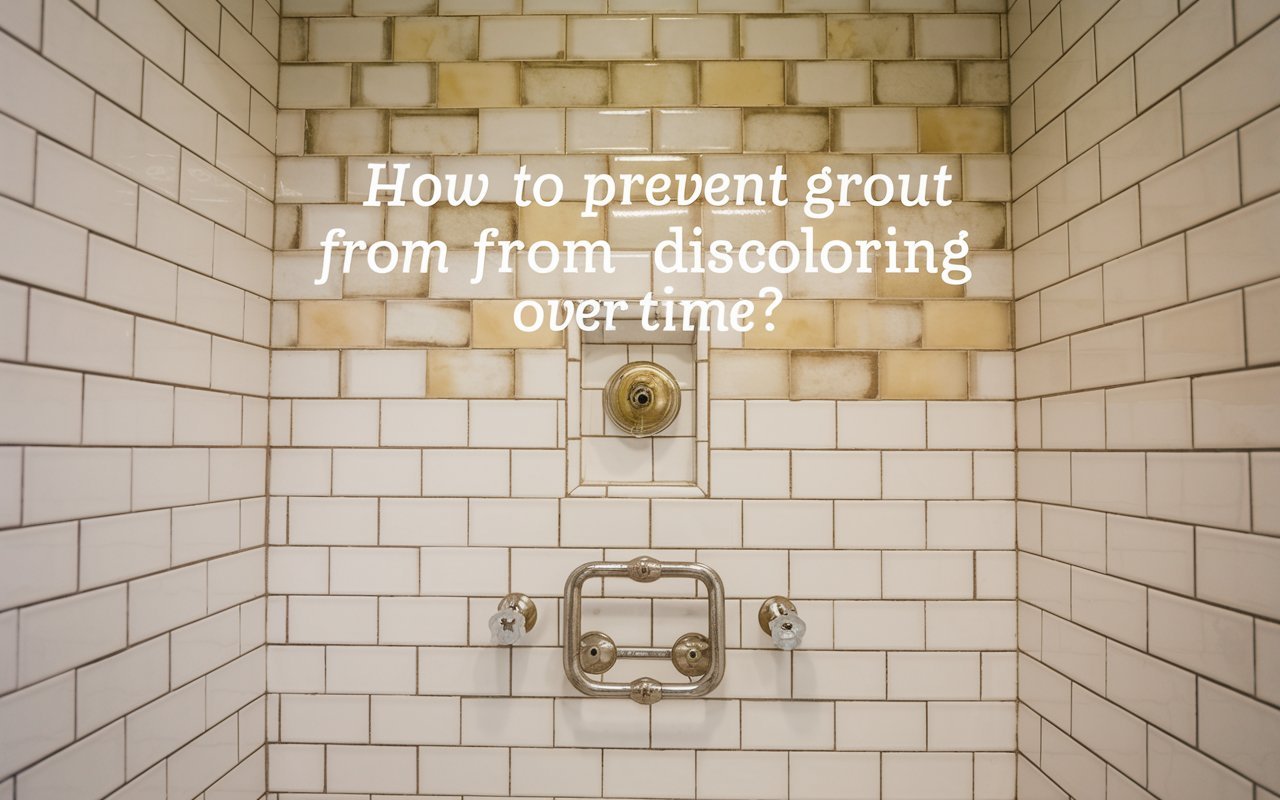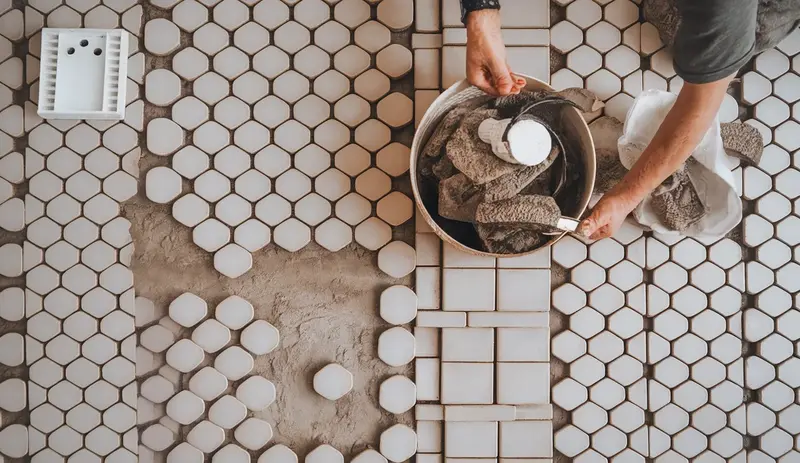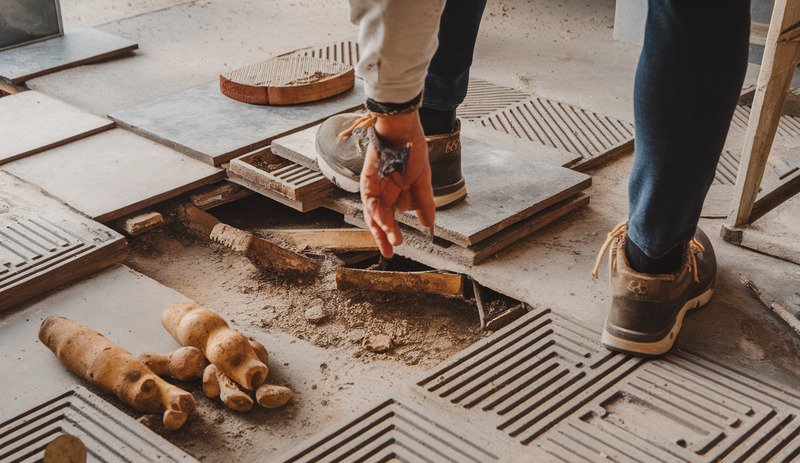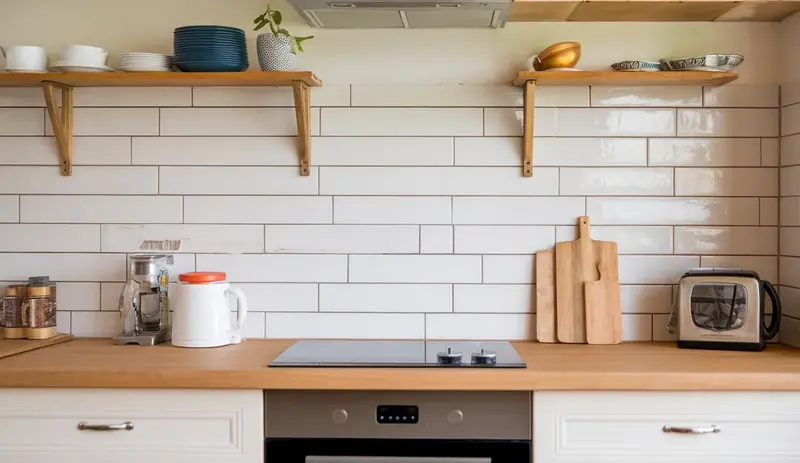Imagine walking into your kitchen or bathroom and noticing those once-pristine white grout lines now look gray, brown, or just plain gross.
This guide will walk you through everything you need to know about keeping your grout looking brand new.
Why Does Grout Discolor?
Grout isn’t just a simple filler between tiles—it’s a porous material that’s constantly battling environmental challenges. Moisture, humidity, and daily wear create the perfect storm for discoloration. In Plano, Texas, where humidity can be significant, homeowners know how quickly grout can change appearance.
Various parts of your house put stress on grout in different ways. The never-ending dampness in a shower? Much tougher than a kitchen backsplash. Each area has to be preserved with an appropriate strategy.
Understanding Grout’s Vulnerable Nature
Conventional cement-based grouts are akin to minuscule sponges with minute voids. These infinitesimal openings beckon dirt, bacteria, and pigments to take up long-term residence. When they do, the working secret of grout—its tiny, unsealed pores—makes them susceptible to imbibing moisture and housing bad smells and harmful mold.
Daily Prevention Techniques
Stopping grout from becoming discolored begins with acting fast. When liquids or moisture come into contact with grout, it’s absolutely essential that the area be cleaned promptly. One should always have a microfiber cloth within reach for a quick, efficient wipe-down.
Pro tip: Adequate airflow is your secret weapon. Using exhaust fans or cracking a window can help decrease humidity and reduce the risk of damage and deterioration. For professional advice, visit Star Tile and Surfaces.
You May Like To Read: What’s the Best Way to Remove Stains from Tile Surfaces?
Choosing the Right Cleaning Products
Not all cleaning products are equal. Cleaners that are highly chemical can, in fact, speed up the wearing away of grout. When selecting a cleaning solution, look for something that is pH-balanced and mild.
That can mean very effective natural cleaners like white vinegar—just remember to dilute it properly. Or it can mean a professional-grade cleaner that you can feel good about using. As stated by Home Depot, the majority of professional-grade grout cleaners sell for $10 to $25.
Sealing Grout: Your Ultimate Defense
Sealing is akin to crafting an invisible armor for your grout. But when you do it matters. In most instances, wait 48-72 hours after installation before sealing new grout. Then, depending on how much you use the area, re-seal every 1-2 years.
Sealing rapidly requires several steps:
– Grout must be cleaned very thoroughly
– Grout must be allowed to dry completely
– Sealer must be applied very evenly
– Any excess sealer must be wiped off immediately
Advanced Protection Strategies
In areas that experience high moisture, consider advanced treatments. Epoxy grout and hydrophobic sealants afford superior protection. These specialized treatments create a robust barrier to the kind of staining that can leave a mark.
Safety Note
Applying these treatments requires precision—if you’re not entirely sure, it’s best to get a professional involved.
Final Thoughts
Keeping tiles looking fresh and clean for years isn’t rocket science, but it does require consistent, thoughtful care. Grout isn’t any more complicated than that. Its nature is largely a taken-for-granted aspect of tile and stone care and maintenance.
Keep this in mind: Preventing problems before they happen is far more effective than trying to solve them after they’ve already occurred. A few well-placed measures and some regular upkeep can eliminate most issues for good.





